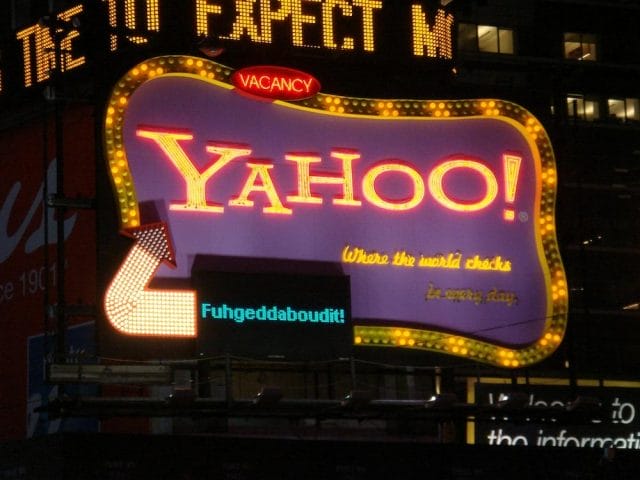
Source: Flickr
There was a time, at the advent of the World Wide Web, when Yahoo was a big deal. As websites proliferated, two Stanford grad students, Jerry Yang and Dave Filo, created a directory of sites that they recommended. They called it “Jerry and David’s Guide to the World Wide Web.” They later renamed it “Yahoo!”.
As the Internet exploded during the 1990s, so too did Yahoo. People wanted to find cool stuff on the web, and Yahoo helped them. The directory linked to the best websites, so people came to Yahoo as a starting point for their web surfing. In 1996, when the company IPO’d, Yahoo linked to just 100,000 web sites. Eventually, Yahoo began offering services of its own like email, stock prices, and news so that people didn’t have to leave the site. Yahoo became a “portal.”
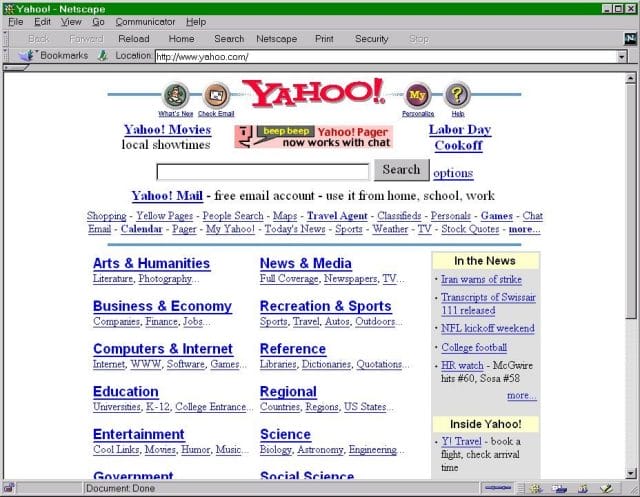
Source: Brian Coleman
Yahoo was the largest site on the web. In 1998, the company had 40 million monthly visitors. That’s a respectable number of visitors today. Back then, when people estimated there were only “90 million cybersurfers,” it was a mind bogglingly high percentage of Internet users.
In retrospect, we know there was a massive “Internet Bubble” at the time. Put differently, the fundamentals of Internet companies’ business operations could not justify their prices. Clearly, the Internet was going to be big, but no one knew how big. Since the Internet was unique, it was possible that the valuations of these companies wouldn’t be comparable to previous types of companies. But that kernel of truth led to some of the “magical thinking” that characterizes bubbles.
Yahoo CEO Timothy Koogle commented on their valuation in September 1998:
“I’d be hard-pressed to say it’s overhyped. We’ve set out to make Yahoo the only place anyone needs to go to get connected to anything. There’s nothing in the real world to compare to that.”
He was right. Yahoo’s market capitalization at the time was $9 BN. Today it’s $39 BN. But Yahoo stood at the center of an epic boom and bust during the interim. At its peak in January 2000, Yahoo reached a market cap of $140 BN. By September 2002, Yahoo was worth $11 BN.
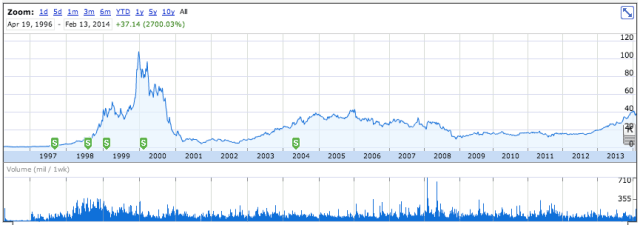
The Center of the Boom
Many other companies and startups became quite valuable (at least temporarily) during the dot-com bubble. AOL, Netscape, Lycos, Infoseek, and Excite soared in valuation. The investors and founders of these companies made a lot of money. Famed venture capitalist John Doerr of Kleiner Perkins called it the “the largest legal creation of wealth in the history of the planet.”
The Internet was going to big, so venture capital investment dollars flowed into Internet companies.
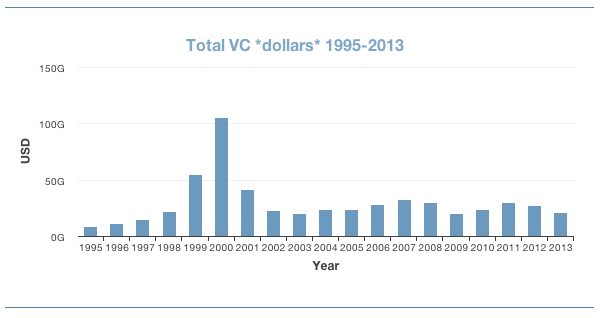
Source: Gigaom
As anyone who has received venture capital dollars can attest, you can’t just do nothing with it. You need to find a way to grow. Today, that might mean getting traffic from large distribution platforms like Google, Facebook, or Twitter. In those days, it meant getting traffic from Yahoo.
The most efficient way to get traffic from Yahoo was to buy banner ads. Paul Graham, who worked at Yahoo at the time, commented later:
Hard as it is to believe now, the big money then was in banner ads. Advertisers were willing to pay ridiculous amounts for banner ads. So Yahoo’s sales force had evolved to exploit this source of revenue.
Startups flush with capital bought banner ads from Yahoo in order to get “distribution” for their site. There wasn’t much of an alternative at the time, and tech companies needed to spend their war chests to grow their traffic numbers. So Yahoo profited off investors excitement about the Internet.
Paul Graham lays out this theory:
Investors looked at Yahoo’s earnings and said to themselves, here is proof that Internet companies can make money. So they invested in new startups that promised to be the next Yahoo. And as soon as these startups got the money, what did they do with it? Buy millions of dollars worth of advertising on Yahoo to promote their brand.
Result: a capital investment in a startup this quarter shows up as Yahoo earnings next quarter—stimulating another round of investments in startups.
Yahoo, was a primary beneficiary of the Internet bubble because the company controlled access to web traffic. And web traffic was the metric by which Internet startups were evaluated during the 1990s. Everyone wanted web traffic because the more traffic they had, the more valuable their companies became. The result was that advertisers would pay a lot more for Yahoo banner ads than they could reasonable expect to ever earn from the traffic.
Yahoo Gets Replaced by Google as the Best Place to Spend Ad Dollars
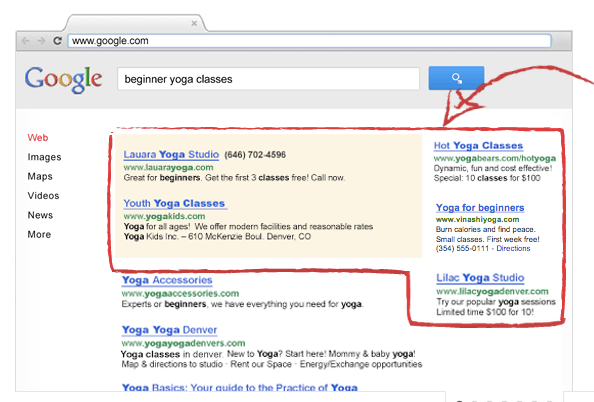
Of course the bubble burst, yada yada yada, and Yahoo took a hit. But a greater danger to the company’s long-term prospects emerged: Google overtook Yahoo as the best place for other companies to purchase web traffic.
Yahoo was attractive to advertisers because it was big and one of the few games in town. It sent untargeted traffic, however, without any particular intent. Buying a banner ad on Yahoo reached people who were checking their email or reading the news. They weren’t looking to buy something or use your service. Yahoo ads were a blunt instrument.
As the Internet exploded in size, browsing a list of recommended sites through Yahoo’s directory became intractable. Users needed a better way to search for the proverbially needle in the haystack. Google, with its superior relevance algorithm, blazing fast results, and uncluttered design became the best jumping off point for finding something on the web.
Google’s search traffic grew because the product was great. But Google also figured out how to make search traffic more valuable for advertisers than the display ads sold on portals like Yahoo. When users searched for a keyword, Google would let advertisers bid on placing a sponsored result that matched exactly what the user was looking for.
While banner ads reached a large amount of random people, Google’s sponsored results attracted potential customers. If you sell boots online, a great time to advertise is when someone searches for “where can i buy boots” on Google.
Companies still found display ads useful for “brand building,” so it’s not like Yahoo’s advertising disappeared. But what did disappear was Yahoo’s strategic position of sitting between companies that desperately needed traffic and users that were potentially customers. Yahoo could send traffic, but Google could send traffic with “purchase intent”.
Google’s revenues surged. For most of the last decade, websites have relied on Google as the best way to purchase traffic. Yahoo lost its privileged position as the tollmaster of the web to Google.
The Yahoo Parable
The rise of mobile phones is a technological shift of a similar magnitude to the rise of the web two decades ago. Billions of people now walk around with location-aware, Internet-connected computers in their pockets. Many people use the Internet on desktop computers, but way more people will access it through phones.
Investors are excited about the rise of mobile phones. Apple and Samsung are making many billion dollars selling phones. Companies like Uber, WhatsApp, and SuperCell are building massive business as Apps on mobile phones. Keith Rabois of Khosla Ventures goes so far as to pronounce the web’s demise:
[T]he web is just the long tail of apps that you haven’t installed yet . . . The web is going away because laptops and browsers are.
Bill Gurley of Benchmark Capital points out that it’s important to take notice of this preference for mobile:
When users greatly favor a new user experience over an old one (in this case the mobile application environment versus a browser based desktop environment), the implication is clear – we are in the middle of a critical platform transition.
And so we’re experiencing another period of upheaval and heavy investment in a new technology platform. The result again is that companies need to efficiently acquire users through advertising. During the 1990s, that meant buying web traffic using banner ads. Today, that means buying downloads using mobile ads.
So who benefits from this rush to purchase mobile app installations? Who is today’s Yahoo?
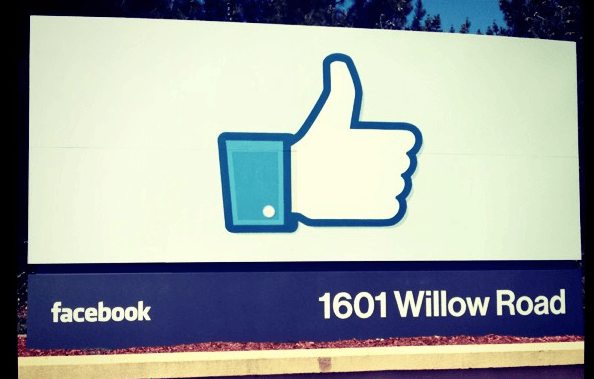
One could argue that Facebook is Yahoo in today’s app economy. That’s not an indictment that Facebook is overvalued or that we’re in some “mobile bubble.” It’s just an observation that Facebook is the best way to purchase mobile app downloads today (this is certainly the chatter on startup email list serves this author sits on). Developers and startups are fairly loathe to spend money on ads, yet when you talk to them, Facebook ads keep coming up as the most effective way to purchase downloads today.
Studies have indicated that you can advertise an app on Facebook mobile and it will end up only costing $2-3 per installation. According to one early study, a click costs $0.45 and 26% of people who click the mobile ad download it. Considering the difficulty in getting mobile app distribution, paying a few bucks per download to Facebook is an attractive option for companies with the means to do so.
The shift to mobile has benefited Facebook’s bottom line. The company made 53% of its revenue from mobile ads this most recent quarter. That represents over $1BN in mobile advertising revenue in one quarter. If you take a look through your mobile Newsfeed, you’ll see that an increasing number of the ads are for apps to download. On any Facebook earnings call, Facebook executives trumpet the effectiveness of their mobile app installation advertising business. Developers can even register their app with Facebook and to learn exactly how much they spent per download.

Source: Benedict Evans
In the mobile app advertising economy, Facebook is doing really well. The transition from desktop ads to mobile ads in such a short time span shows nothing short of exquisite execution by the company. But why does Facebook do so well in mobile ads today?
Facebook is great way to purchase app installations because Facebook’s mobile presence is enormous. As of last quarter, 945 million users checked Facebook on their mobile phones. By some estimates, there are only 1.4 billion smartphone users. In 2014, Facebook has astoundingly high mobile penetration, just as Yahoo did on the desktop web in 1998.
If you want to buy mobile downloads, you should go to Facebook. According to the Facebook Product Manager in charge of mobile app install ads, 100 million apps were downloaded last quarter because of this advertising program. If the cost per installation is still $2-3, this advertising program is responsible for almost all of the company’s 4th quarter mobile revenue growth.
The Google Adwords of Mobile Apps will Be Google Adwords (and Apple too)
You could argue that Facebook is currently the best way to buy mobile app distribution. Facebook will likely continue to grow its mobile advertising revenue because of its enormous mobile user base and because it’s run by smart and hardworking people. But it’s unlikely that Facebook will continue to be the best way to buy mobile app downloads.
Search advertising disrupted Yahoo, and the same may happen to Facebook. Search turned out to be the best way to discover web pages. There is no reason to think that search won’t excel at finding apps as well. If you’re Uber, advertising on Facebook is pretty good. But advertising when someone searches for “sf taxi” in the App Store is even better.
Bill Gurley of Benchmark Capital comments:
More surprisingly, neither Apple nor Google offer the equivalent of SEM slots alongside their app store taxonomy (although this appears quite common in China). This represents a huge missed opportunity for both platform providers, and a missing resource for companies that wish to pay to acquire users (of which we all know there are many).
Google certainly hasn’t forgotten that it prints billions of dollars from search-based keyword ads each year on the web. Apple certainly hasn’t overlooked that Google created the the greatest business model in the history of the web that way. It’s only a matter of time before they roll out intent-based ads in the App Store. If the mobile app economy ends up becoming larger than the web, Google and Apple could make staggering amounts of money.
Google and Apple will best drive mobile downloads for advertisers because they control the search and discover in the their mobile app stores. In fact, they control everything in their respective app stores. It may be that search in the app stores is primarily for navigational purposes today (finding a specific app), but web search was like that in the 1990s too. (We typed in AOL keywords to find a site.) Mobile app search can only get more important as apps proliferate, allow deep linking, and increasingly replace the web.
Conclusion
Yahoo’s huge size allows it to still make a good living selling branded ads. It can target you based on your demographics, and retarget you based on the websites you’ve visited in the past. Facebook can do all these things even better because it has so much data about you and has such a large and engaged audience. It can even recommend apps and sites that your friends like too. But neither Yahoo nor Facebook can target you with ads when you make your intent clear by typing a keyword into a search box.
Today, Facebook might be the best way to spend mobile advertising dollars. It looks like the tollmaster of mobile distribution, just like Yahoo appeared to be on the web in the 1990s. The move to mobile offers huge opportunities, and so far, Facebook has brilliantly repositioned its advertising sales to benefit from this movement.
But make no mistake, Facebook mobile ads may be best way to buy downloads today, but Facebook is not the tollmaster of the mobile app economy.The the true tollmasters of mobile will be Google and Apple — whenever they decide to be.
If you enjoyed this analysis, you’ll like the Priceonomics book → Everything Is Bullshit.
This post was written by Rohin Dhar. Follow him on Twitter or Google Plus. To get occasional notifications when we write blog posts, sign up for our email list.



